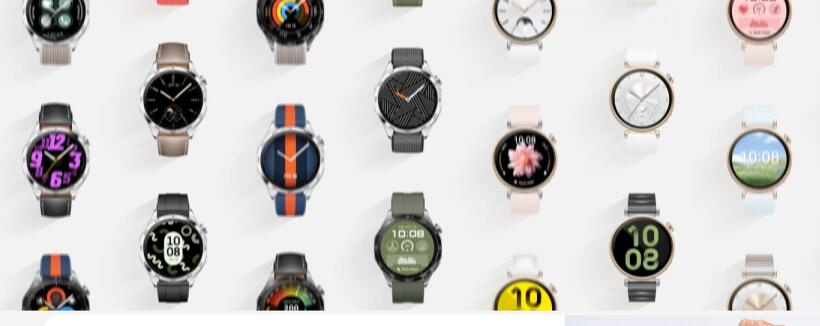Smart watches are slowly taking over from smartphones. They used to be just gadgets that are announced alongside major smartphones. Now they are becoming standalone digital products.
Huawei recently dedicated a day to a smartwatch launch. After attending the HUAWEI Watch GT4 product launch, I can now understand why a day was dedicated to the launch of a series of smartwatches. The latest watch from Huawei is not just any other smart watch. Most of these watches require almost a daily battery charge. This is not the case with the Huawei Watch GT4.
The battery can last for 14 days given the following usage habits:30 minutes of Bluetooth calling per week, 30 minutes of audio playback per week, heart rate monitoring enabled, HUAWEI TruSleep enabled at night, 90 minutes of workouts per week (GPS enabled), message notifications enabled (50 SMS messages, 6 calls, and 3 alarms a day), and screen turned on 200 times per day. Actual battery life may vary depending on usage habits.
What is even more impressive about the latest smartwatch from Huawei is that it can work with other smartphones. Most smartwatches work with smartphones within their own ecosystem. An Apple smartwatch will not work with a competing brand. The same is true for most technology brands. Huawei Watch GT4 is probably the first smart watch that can work with other brands. This fact alone got me thinking about the value of smartwatches for leading tech brands. Huawei has done something remarkable by adopting an open standards in its smartwatch. Huawei has learnt a lot from the ban of its smartphones and is now devising better strategies to keep their leading position in the market.
Apple on the other hand has also just improved the functionality of its smartwatch. Their latest smartwatch has added the ability to use gestures as a form of navigation which is unique in the industry.
It’s important to note that the Apple smartwatch gesture feature has been assigned to a smart watch instead of a smartphone. This alone, highlights the value that is now attached to smartwatches.
The value of a smartwatch is not only limited to industry matters but it extends to consumer benefit. Consider the health app in smartwatches. It is one of the most important tools ever created for digital products after the ability to make phone calls. In South Africa, LifeQ became one of the first companies to develop a tool that could enable the detection of COVID-19 virus.
1Life, together with LifeQ, using a Samsung Galaxy Watch Active 2 device, launched a first-in-SA Covid-19 screening app. It used unique models derived from users’ biometric data to give them an indication of changes in their health, enabling consumers to take proactive precautions in the event of potential Covid-19 onset, which was essential as the country was facing a potential 3rd wave of infections. The use of a smartwatch device to detect health challenges is one of the most underrated features of smartwatches.
Society has not yet begun to use them extensively for other health purposes. Imagine if doctors were enabled to responsibly access health data with permission before assessing a patient. Imagine if health data from smartwatches could warn a nation about an imminent health hazard and influence a health defence strategy.
All of these factors are an indicator of the value of a smartwatch currently. As they evolve they will probably add more features that will enhance our lives.
There’s no doubt in my mind that smartwatches are devices of the future just wait until VR headsets are adopted as a form of eyewear. Their worth will be much more than they are today.







